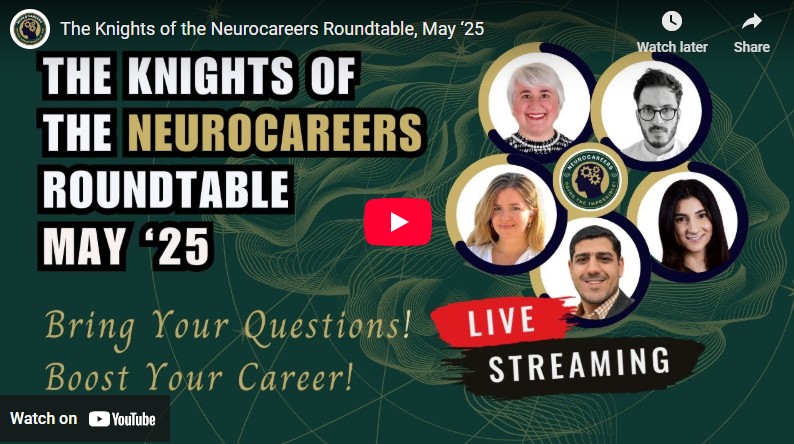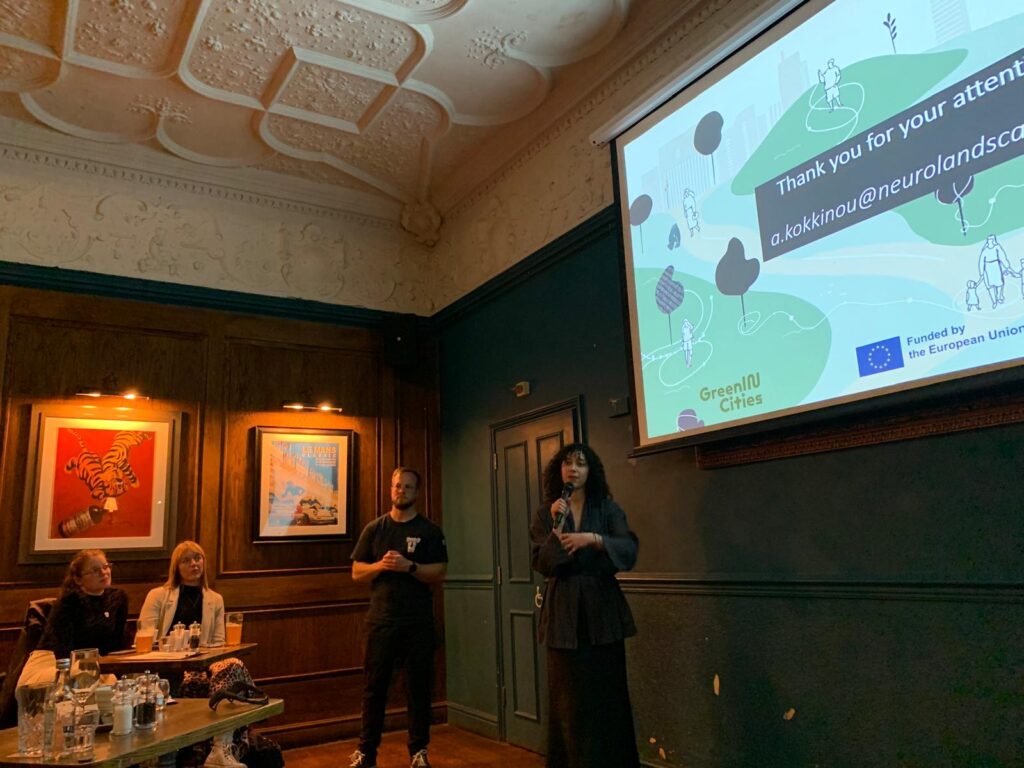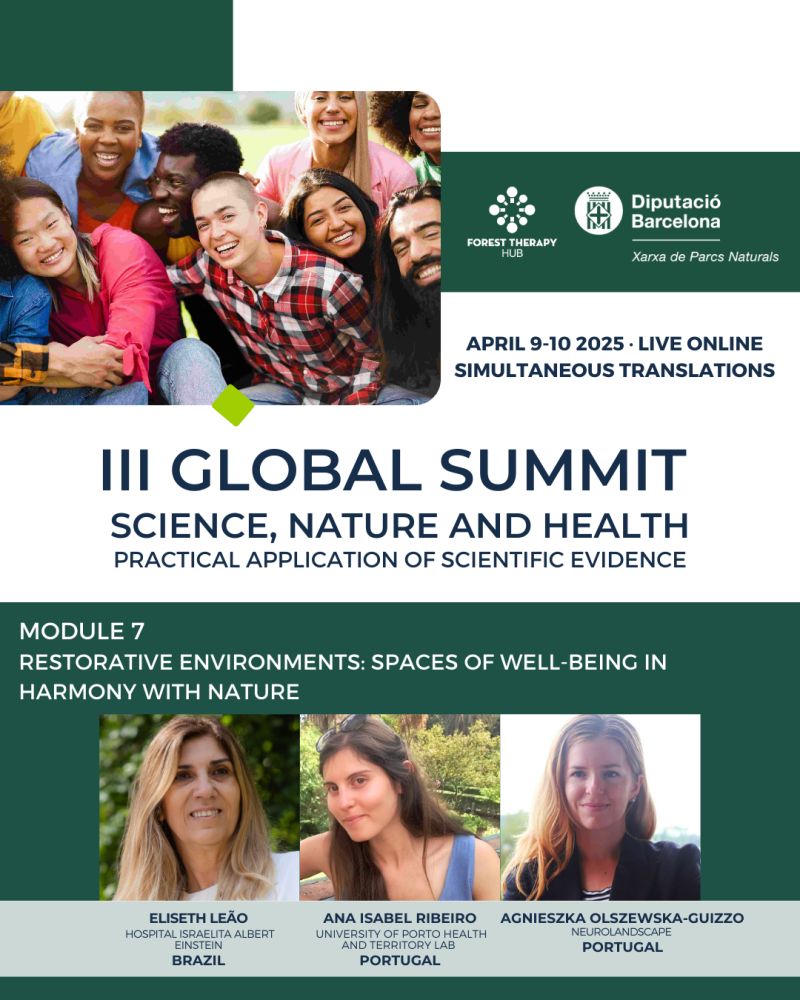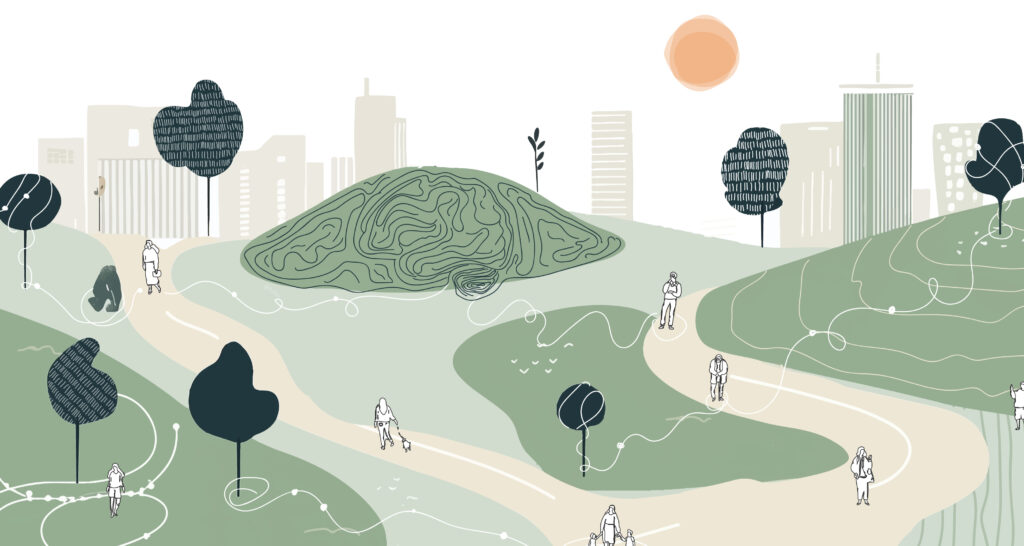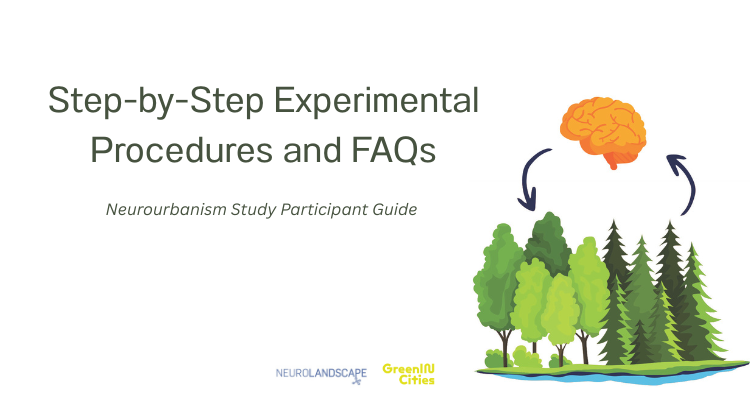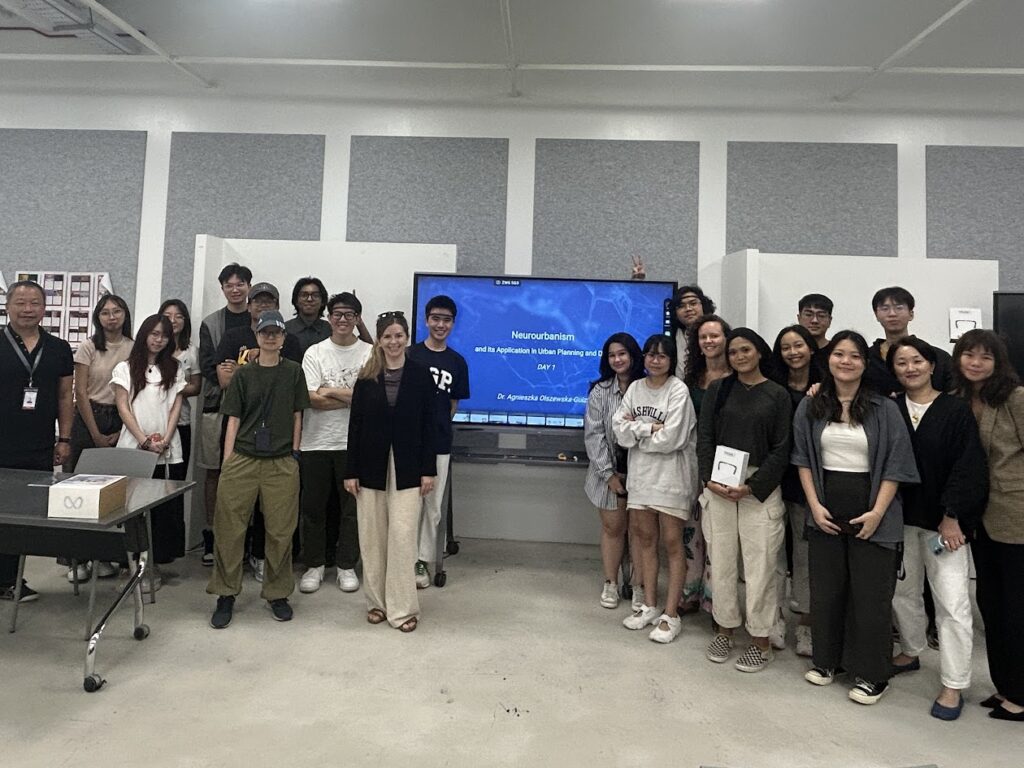In our efforts to use science to make cities more accessible, science itself has become increasingly inaccessible. This topic has been on mind for a while but it is only now, after a recent event relating to an invitation I received to speak at an emerging neuroarchitecture symposium, I feel inspired to speak out. Over Read More
Author: Agnieszka Olszewska-Guizzo
Calling Helsinki locals! Soita helsinkiläisille!
We are launching the recruitment for participants of the Neurourbanism study in Helsinki for August 2025! Sign and and help up shape mental health and well-being!
Knights of Neurocareers Roundtable | May 2025
Agnieszka Olszewska-Guizo Shares Insights on Nature and Mental Health at Green Urban Development Panel Our Director, Dr Agnieszka Olszewska-Guizo, recently participated as a panellist in the online discussion “Green Urban Development: Nature’s Role in Mental Health & Well-being,” hosted by Green Urban Development. The engaging conversation explored the profound impact of nature on mental health and Read More
Pint of Science in Exploration on How Cities Shape Our Wellbeing
On May 19, 2025, Anastasia Kokkinou from NeuroLandscape took the stage at Pint of Science in an engaging session titled “How Cities Shape Our Wellbeing.” The event brought together a curious audience with diverse academic backgrounds – from archaeology to cognitive neuroscience – sparking lively discussions on urban design and mental health. The tickets sold out way in advance so we were expecting Read More
III Global Summit on Science, Nature, and Health
On April 9–10, 2025. Dr Agnieszka Olszewska-Guizzo, will speak at the III Global Summit: Science, Nature, and Health, hosted by Forest Therapy Hub. This prestigious summit convenes global experts in health, ecology, and scientific research to explore the transformative power of nature-based well-being practices. Agnieszka will present her groundbreaking work on the Contemplative Landscape Model (CLM) on April 9th Read More
What is Neurourbanism?
Places have emotions. They hum with the memories of those who have lived, laughed, and lingered in their corners. They carry the weight of joy, sorrow, and everything in between—because we, the people, imprint our feelings onto the spaces we inhabit. However, it’s more than remembrance. Places have the power to mold us. A sunlit Read More
Invitation to LinkedIn Live: Healthy Minds, Hopeful Futures: Women’s WellBeing & Nature’s Role
A LinkedIn Live Online Roundtable This World Health Day 2025, join us for a powerful round-table conversation about women’s mental health, safety, and the role of nature in wellbeing. Women face unique challenges when it comes to mental health, especially in motherhood and other vulnerable life stages. Research has shown time and time again that Read More
Neurourbanism Assessment Step-by-Step Guide & FAQ
In the Neurourbanism study, we are measuring brain activity before and after what we call a “Nature-based Intervention” at specific sites. We have selected your neighbourhood as one of our study sites. We will collect data in two phases: first, before the intervention (in 2025), and then after (in 2027). Both times, we will be following Read More
Calling Nova Gorica locals!
Launching the recruitment for participants of the NUA study in Nova Gorica for April/May 2025! Sign and and help up shape mental health and well-being!
Exploring Neurourbanism: A Hands-On Workshop in Singapore | NAFA
On February 25-26, 2025, a group of Biophilic Design students of NAFA, gathered for an immersive workshop titled “Neurourbanism and its Application in Urban Planning and Design,” led by Dr. Agnieszka Olszewska-Guizzo. This two-day event blended theory and practice, offering participants a unique opportunity to explore how brainwave data can inform urban design. Day 1: Theory and Fieldwork Read More



